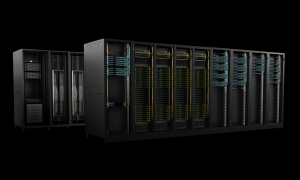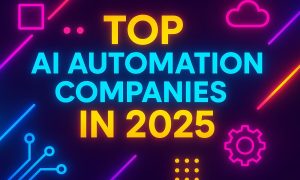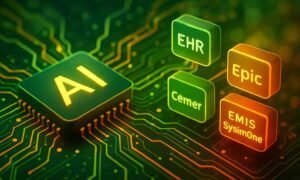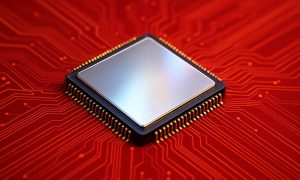

AI hardware and software vendor Nvidia is collaborating with digital reality vendor Hexagon to create industrial digital twin products and help enterprises move toward the metaverse.
On Monday, the two vendors revealed that Hexagon’s HxDR reality capture platform and Nexus manufacturing platform will be connected to Nvidia Omniverse. Neither vendor specified when the integration will happen.
HxDR enables organizations to create and manage digital twins, while the Nexus manufacturing platform is geared for digital reality, which refers to technology that includes virtual reality, augmented reality and mixed reality.
Nvidia Omniverse lets developers develop and operate metaverse applications such as avatars and digital twins, virtual representations of real-world entities or processes.
The connected platforms will help customers better plan, create complex graphic workflows for digital factories and create digital twins for intelligent cities — municipalities that use data and technology to inform and improve delivery of services to residents and businesses — construction and infrastructure, according to the vendors.
The partnership between Hexagon and Nvidia makes sense, said Gartner analyst Tuong Nguyen.
“These types of collaborations are what we need more of to get to whatever the next level of digitization is,” Nguyen said. “Each of these companies bring a piece to that puzzle.”
The value
Hexagon brings expertise in building sensors and software that capture reality and collect data from the environment to make digital twins. Omniverse’s role is as a framework that assembles different pieces and creates content and simulations.
Nvidia also brings to the collaboration years of experience in gaming, image rendering and AI.
Meanwhile, Hexagon brings expertise in creating digital twins that behave like real objects and processes. And Nvidia makes digital twins that look like the real thing, said Forrester analyst Paul Miller.
For example, a digital twin from Hexagon behaves like the factory it is trying to represent in that it will do the same thing the real factory does, while a digital twin from Nvidia looks exactly like the environment.
The two vendors have for some time been trying to expand their capabilities and create digital twins that behave and look like more like the real environments they’re trying to simulate.
“By working together, they take a sensible shortcut for themselves and their customers,” Miller said. “Both companies recognize that the problems their customers use digital twins (and the industrial metaverse) to solve are too big for one vendor to address alone.”
Both vendors have been aiming at accelerating the use of digital twins in industrial settings by working with manufacturers and major tech vendors.
Last year, Nvidia entered into a similar collaboration with industrial manufacturing giant Siemens to apply digital twin technology in Industrial settings.
The AI software and hardware vendor has also used Omniverse to train autonomously guided vehicles to navigate industrial complexes reliably. Also, Hexagon and Microsoft revealed an interactive experience last year that enables engineers to edit 3D models and simulations in real time.
Thus, combining Omniverse with Hexagon’s capabilities that control elements of the workflows in industrial facilities helps customers of both vendors achieve their goals faster, Miller said. The vendors are also creating groundwork for digital twins that use machine learning to get better at modeling, simulating and predicting future behavior for industrial applications.
And the collaboration helps customers in the industrial market know how they can integrate the types of tools Nvidia offers with the ones Hexagon offers. Both vendors can show customers their strengths and where there might be any gaps, Miller said.
“They can avoid wasteful reinvention of wheels in their software by integrating existing components from their new partner, and they can target finite investment dollars into new developments that don’t simply replicate features and function the partner already offers,” he added.
The missing piece
As Nvidia and Hexagon work together, they will need to help their customers understand the overlaps in their products and how they can navigate them, Miller said.
“The existing products were not designed to work together,” he said, adding that they rely on standards such as Universal Scene Description to support data exchange between products.
“The real value will come when data — and workflows — are seamlessly and listlessly supported inside Nvidia and Hexagon’s flagship products,” he continued. “This may take time to realize, but it’s a worthwhile goal for both companies and their customers.”
Furthermore, as both vendors work toward addressing some of the problems their customers encounter with digital twins, they are also working together to help customers arrive at the what the vendors see as next era of the internet and the metaverse. To get there, though, Nguyen said they might need to collaborate with others.
“To arrive at the metaverse, it needs to be a concerted effort from multiple players in multiple markets or industries,” he said.
Hexagon is also developing an AI-enabled web application based on Omniverse, enabling manufacturing and industrial teams to compare their digital twins and physical counterparts in real time.
Esther Ajao is a news writer covering artificial intelligence software and systems.





























